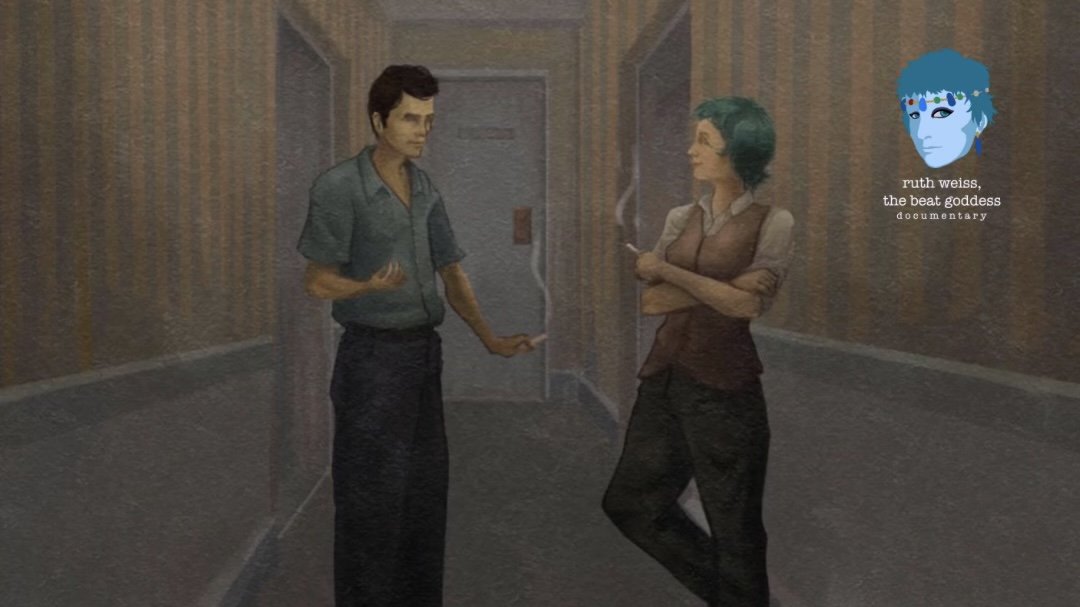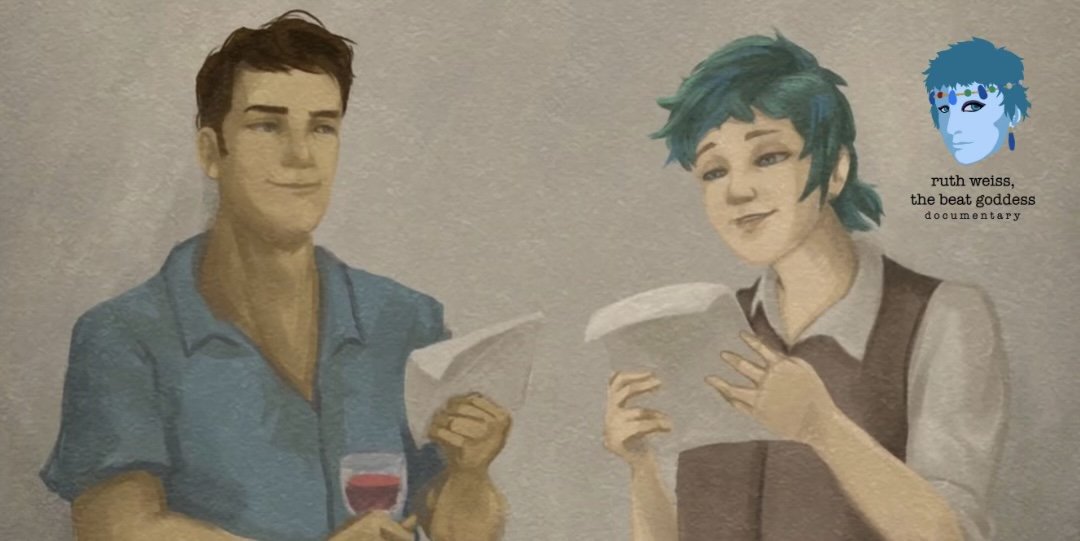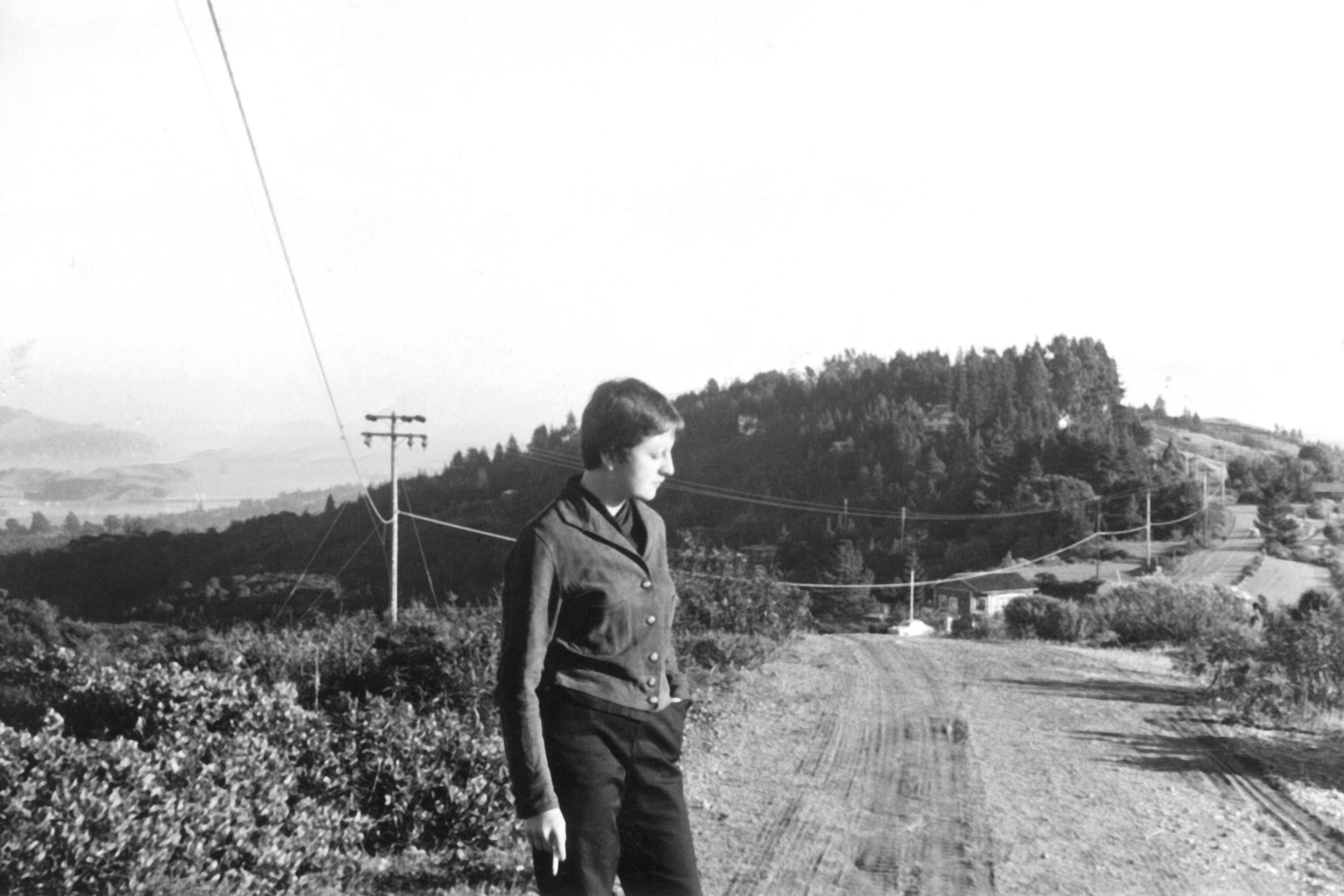ruth weiss and Jack Kerouac
In the 1950s, ruth weiss left New Orleans to live in a San Francisco apartment, working alongside other artists and poets. It was here, that she struck up a "fantastic connection on multiple levels" with the writer Jack Kerouac. According to interviews with Nancy Grace and Ronna C. Johnson, the two writers would spend hours drinking wine and writing haikus back and forth to each other- and sometimes take thrill-seeking car rides along the hills of California's coast.
Today, Jack Kerouac is one of the best known of the beat generation poets. In 1957, his book On The Road propelled him into the national spotlight. It was a fictionalized account of his travels around the country, weaving together stream-of-thought chronicles of drugs, poetry, sex, jazz, and a search for spiritual meaning. When he was writing poems with ruth in San Francisco, however, he was still relatively unknown.
Both writers were influenced by eastern art and spirituality, and integrated the concepts they discovered with improvisational bebop jazz and free-form poetry. For Jack Kerouac, the Diamond Sutra became a text of intense study. By reading and reflecting on it, he hoped to achieve emptiness of mind and have a vision. ruth weiss was particularly interested in the haiku form of poetry- a form whose restrictions force the writer to focus on the bare bones of language, cutting away any extra fat, which was a trait that ruth aspired to in her own writing.
These restrictions include the distinctive 5 - 7 - 5 syllable pattern, but they also include the use of a "cutting word" -something that separates the poem into two parts and draws a relationship between them- and the use of imagery relating to seasons or nature. If these seemingly strict rules ran counter to the two writers' free-flowing personal styles, it didn't seem to bother them.
The actual haikus that ruth weiss and Jack Kerouac wrote to each other were not saved, and are long gone, now. Poetically, this fact reveals an impermanence that was crucial to both of their work and understanding of life. Whether it was Kerouac's road, which led him from city to city across the country, never staying in one location very long- or ruth weiss’s writing, which was inseparable from her performance of it, accompanied by musicians, on stage. No two recitations exactly alike, in the same way that a person can't step into the same river twice- or drive on the same road, for that matter.


